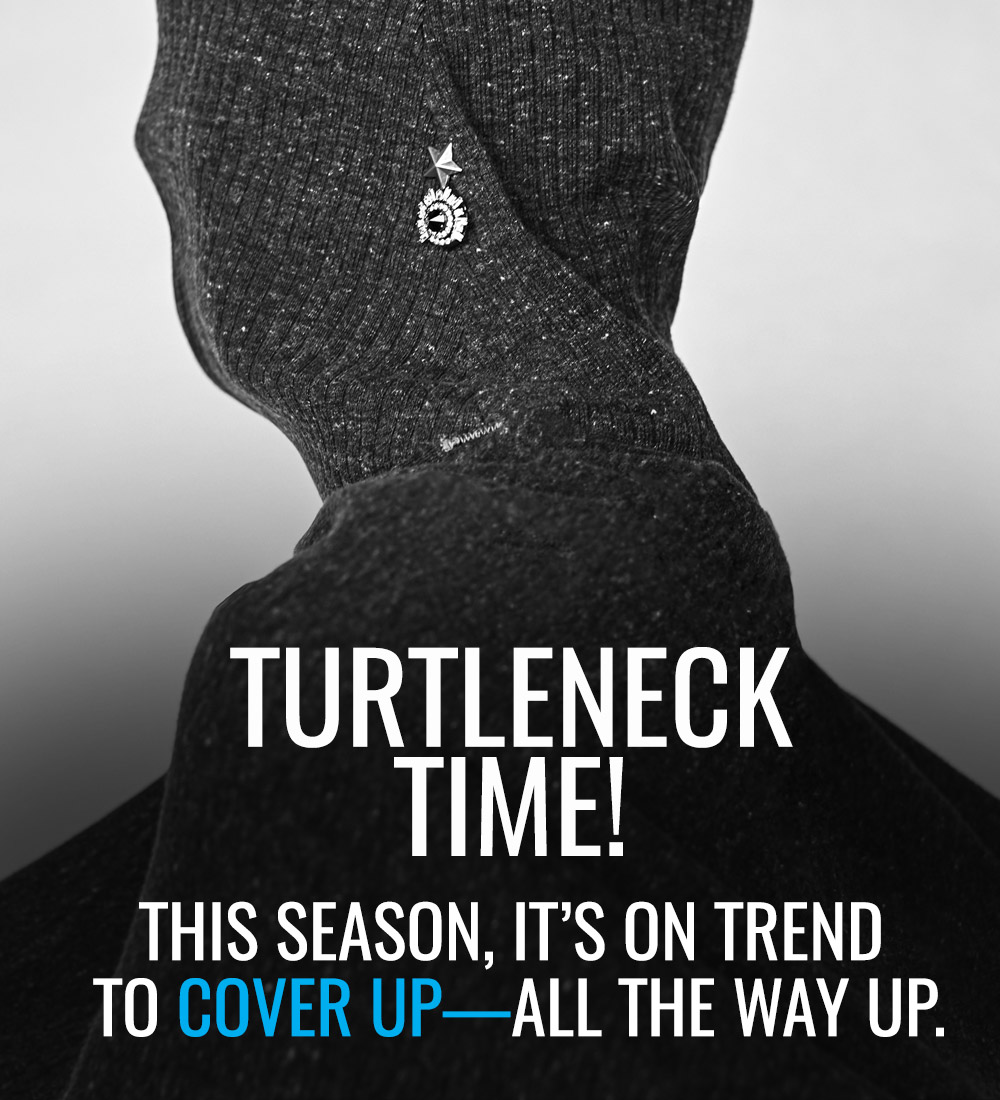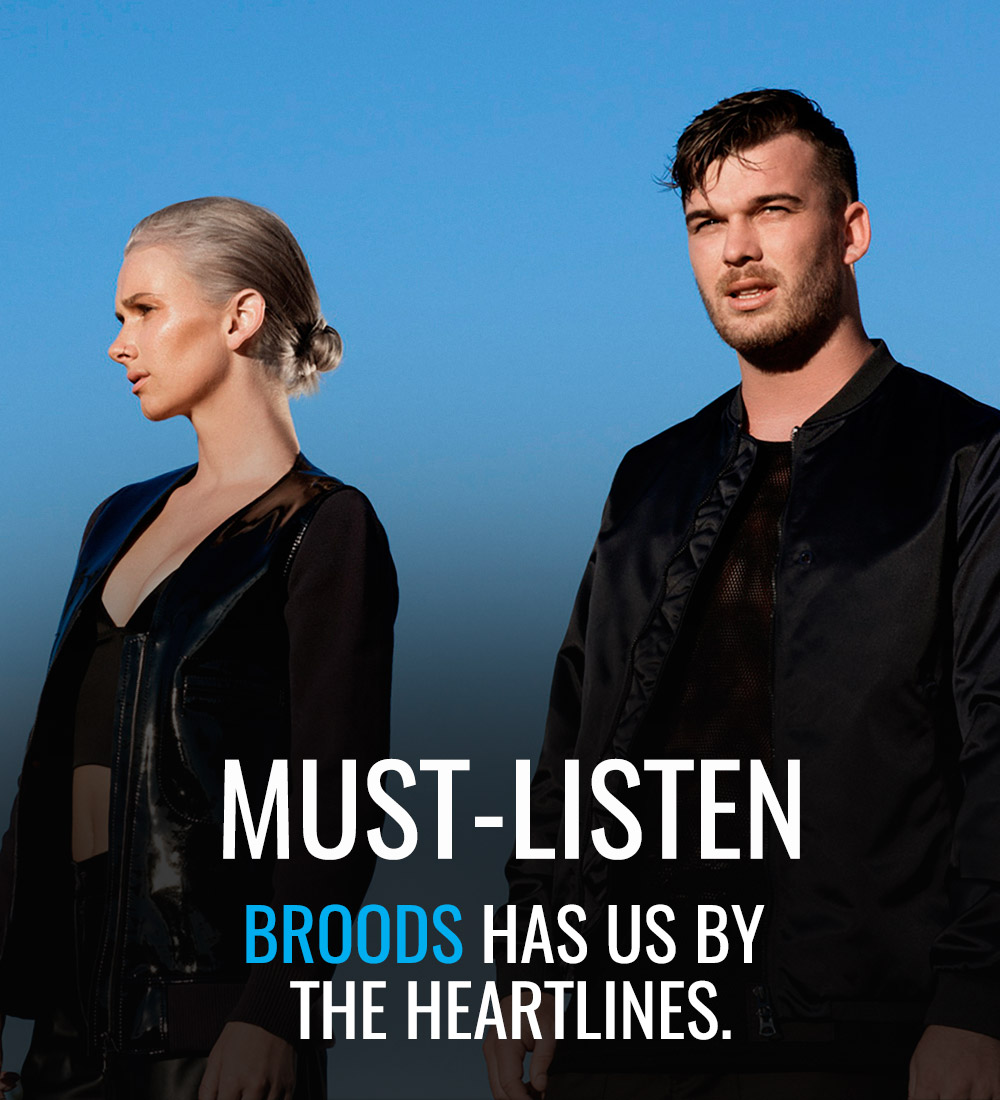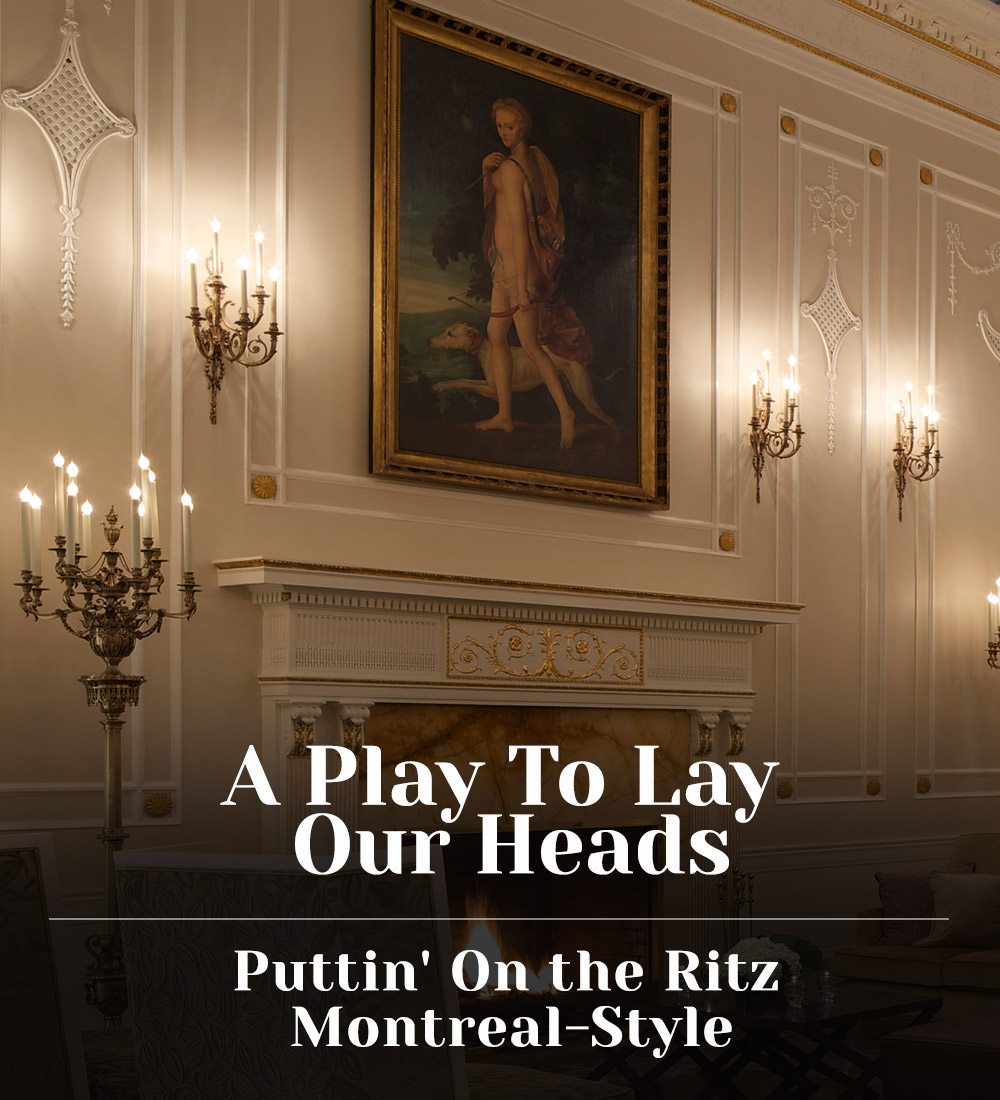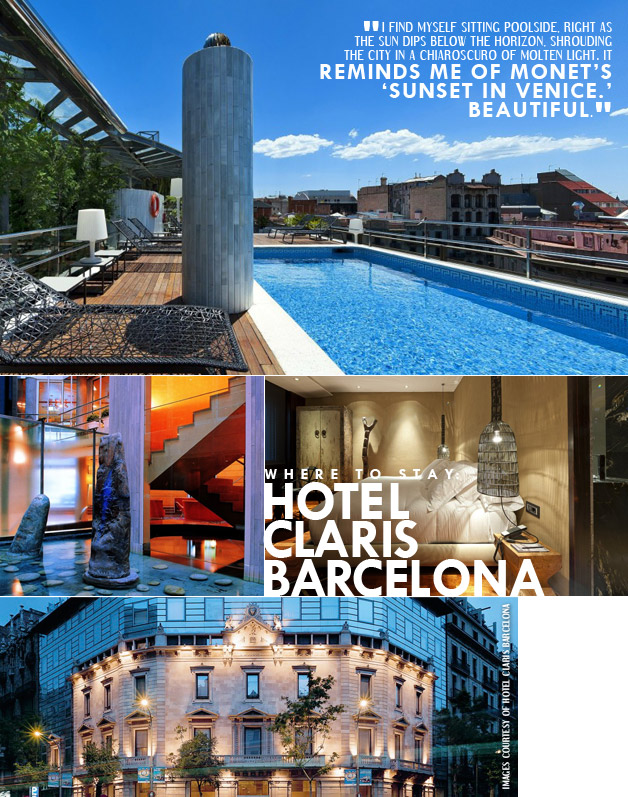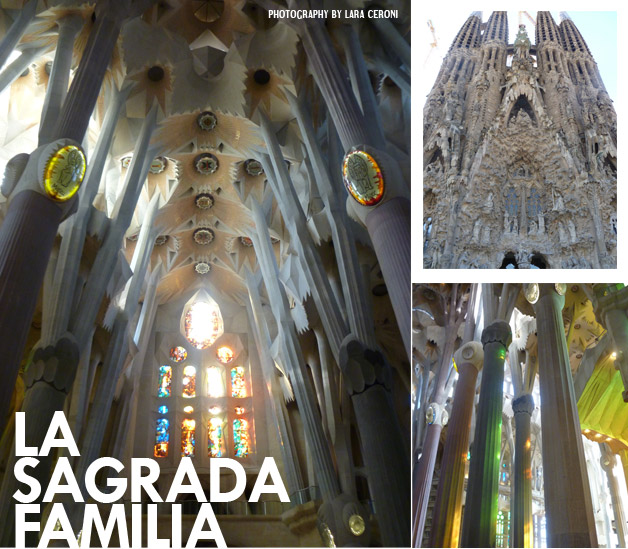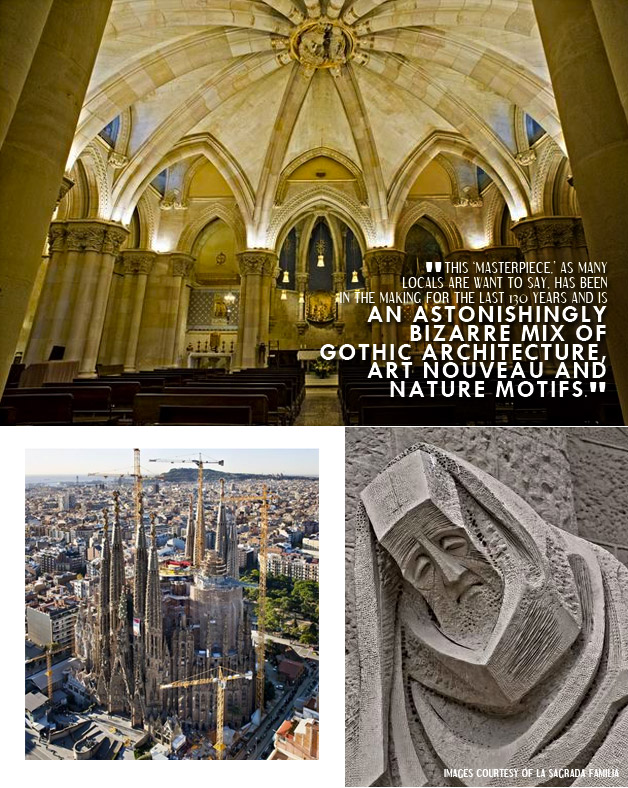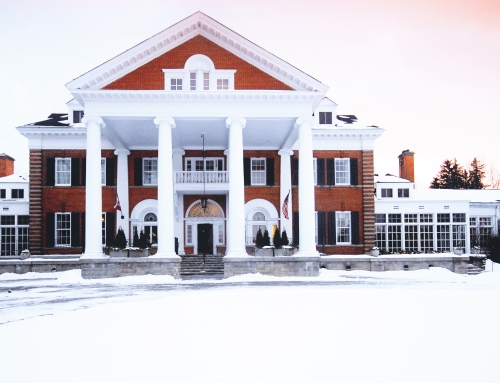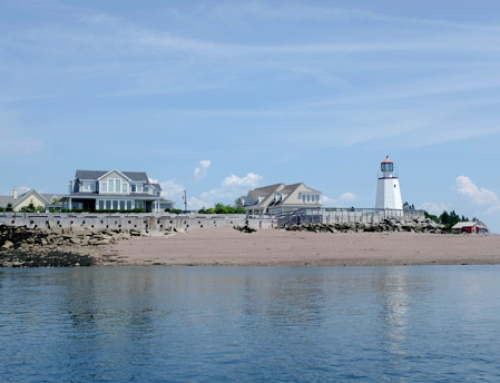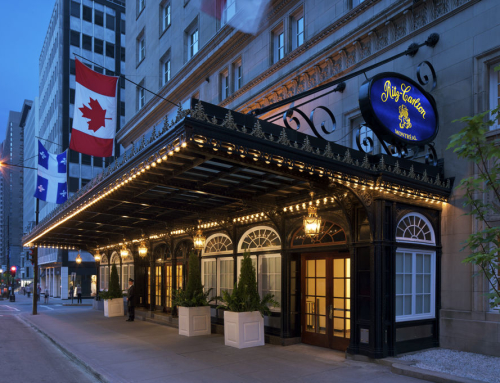Spain. Utter the country’s name to anyone – the traveled, or not – and you’re almost always met with a smile that errs a bit on lascivious. The country cannot help but demand the most fantastical thoughts: Bottles of vino shared with that gorgeous someone, afternoons spent in siesta, dancing until sunrise … Javier Bardem. (Ok, maybe that last one’s just for me.)
People love this place. Ernest Hemingway spent the last decades of his life exploring every bit of the nation, and theorists go so far to say, he — Don Ernesto, as he was known — was happiest when in the folds of the winding streets and late night copas bars. Even Anthony Bourdain — a man whose empire is built on definitive, if not shockingly critical opinion — praises Spain as “the single greatest place for culinary achievement in the world.”
Like all good travellers, I am relentlessly curious without fear or prejudice. This is my second time in Spain, but a first in Barcelona. My assignment: three days to explore the Catalan capital for, what I’m already guessing, will be dawn-to-dawn reportage. At the outset, my trip is off to a good start; a great one, in fact. Off my flight, I meet my ride: a new Porche Cayenne ready to take me to the city’s centre. In the driver’s seat, an equally-as-sexy welcome: My tan and quintessentially mysterious escort Ah-leh-HAN-dro. I mean, really. This story is writing itself.
Occupying the Palacio Vedruna, a former palace that dates back to the 20th century, the five-star Hotel Claris Barcelona is centrally located for those who want to be steps away from the awesome; in this case, Passeig de Gràcia: one of the major avenues in Barcelona stretching from Plaça Catalunya to Carrer Gran de Gràcia. The area brims with 19th century boulevards that play house to Chanel and Louis Vuitton boutiques, tucked away tapas spots and some of the city’s most celebrated pieces of architecture.
The hotel itself mimes the sophisticated neighbourhood it surrounds. On the ground floor, solid glass walls give guests a striking view of the lobby with its copper, steel and concrete design, while the first floor – known as the Museum – contains one of the largest private collections of Egyptian art in the entire country. Over 400 sculptures and one-of-a- kind Hindu and Roman paintings are also on display in each one of the 124 newly renovated rooms and suites.
Given the lovely Mediterranean climate, bottles of Cava and bites of foie y alcachofas (foie gras and artichokes) are best taken on La Terraza: the hotel’s rooftop restaurant that serves views of the glittering sea to the east and the mythical Collserola Mountains to the west. I find myself sitting poolside, right as the sun dips below the horizon, shrouding the city in a chiaroscuro of molten light. It reminds me of Monet’s ‘Sunset in Venice.’ Beautiful.
Taking in the view, one almost forgets what the city has been through as of late. The reality is, Barcelona has experienced the worst recession in Spain’s modern history. What I’m soon to realize, however, is that despite unemployment hovering around 26%, you’d never actually know it. The charm in which the city flows belies any signature of hardship its residents may be brokering. Tree-lined avenues are beautifully manicured; at every corner another park boasts an array of funky public art, and terraces (North American translation: outdoor patios) are teeming with beautiful people sipping mid-afternoon aperitifs. Fashion is also at the forefront with many-a-Tom-Ford suit making an appearance along with a lot of fur and 6-inch stilettos. Frankly, the only people who stand out sorely are the tourists.
Walking through an ancient stone arcade in the Ciutat Vella district (the Old City), I head to La Boqueria Market in search of a strong espresso and photo opps. True, it is one of the city’s foremost tourist landmarks, but a grumbling tummy does much to assuage my reticence. Right off the iron-gate entrance, I spot a tiny little bar, El Pinotxo, sandwiched between stalls of glossy fresh fruit and aromatic spices. I nab one of the coveted high stools — it’s 11am on a Monday and the place is jammed — and order what everyone else seems to be eating: The seafood platter for 18 € with giant prawns and stuffed crab Piquillo peppers. As I wait, I can’t help but glance at an amorous couple beside me nuzzling each other between bites of spicy chorizo. Thus far, my only brush with “mi amante” is a butcher accidentally skimming my shoulder with his pig carcass. Well, at least I know the food I’m eating is fresh.
Feeling bubbly and giggly in a way only a few glasses of Cava can provide, I decide it’s the perfect tenor to go check out some Gaudi (for the uninitiated, the city’s most beloved architect). I am a devout lover of art and design, especially that of the sublime, so I head straight for the La Sagrada Familia. No matter how many European cathedrals you have been through, it’s hard not to jaw-drop at this one. This “masterpiece,” as many locals are want to say, has been in the making for the last 130 years and is an astonishingly bizarre mix of Gothic architecture, Art Nouveau and nature motifs. I step into the cathedral in what can only be explained as an enchanted forest. Awash in an eerie green glow, thanks to a south wall covered in emerald stained glass, is pillar upon pillar of tree-branches all different shapes and heights reaching up to a vaulted ceiling covered with buttressed leaves. I’m told Gaudi is buried in the confines, and that the church is intent on making him a Saint. It’s at this exact moment a brush of sharp cold air sweeps across me. Hmmm. Coincidence?
The afternoon is slipping into Happy Hour, and I’m set to meet a few locals at Quimet y Quimet, a teeny-tiny, crazy popular tapas bar in El Poble Sec. Opened in 1914 as a wine shop, you note the remains of its past by way of a million different bottles – mostly wine, some canned foods — perched on wall-to-wall shelves. Standing in a throbbing crowd at the stainless-steel counter I let my hosts do the ordering, especially since there are 80 different plates on offer. We start on anchovies with Nevat (a pillowy-soft Catalan cheese made with goat’s milk) accompanied by tomato marmalade. Divine. Next up is a warm dish of partridge pâté that melts on the tongue, candied chestnuts and salty jamón ibérico. Eventually out comes the Vermouth, of which this place is hugely revered for. I flag Pablo, the bartender, to do the pouring. He gives me a quick scan and sends over Yzaguirre Rojo Reserva: sweet artisanal vermouth that is smooth on the throat with just a hint of warmth at the end. “It flirts with the palate,” he says with a wink. Cue the giggle…and my phone number.
Thanks to the genius that is blackout blinds (props, Claris Hotel) I manage to sleep through my jet lag and wake up to a fairly chill day, which starts with a treatment at the Mandarin Oriental Hotel. It’s arguably the most serene space in the centre of Barcelona. Venturing into the spa — located in the base of this former midcentury bank — is akin to walking into the vault. I tip toe through a pitch-black labyrinth and follow the faint chime of Tibetan cymbals that leads me into my private spa suite and imminent Bamboo Massage. As the name suggests, my muscles are kneaded and stretched by the evergreen releasing any tension in a glorious 80 minutes. I float out of the spa, my mind bereft of any sensible thought, which is why I walk straight in the doors of the hotel’s Manolo Blahnik boutique. Within seconds a sparkly violet pair have found their way on my feet. If anyone asks, I’m blaming the transgression on my masseuse.
Hours later, satiated by a wee siesta, I’m cueing up a big night ahead. An invite has arrived at my door inviting me to the Shopping Night Barcelona; the city’s largest cultural and lifestyle event where more than 50,000 locals and international visitors descend. Think of it as being the Euro counterpart to New York City’s Fashion’s Night Out. Same premise: boutiques will keep their doors open late into the night, DJs spin the tunes and pop-up cocktail bars will implant themselves on any street where the crowds pool. The scene is a bit maddening. My eye moves from a live fashion runway show to a ballet performance, aerial acrobatics and an arena full of galloping horses (why? I’m still not sure). Not one for a stampede of the animal or human variety, I duck into one of the many cobbled back alleyways and instead take pleasure in the ivory moon rising and pretty gold lights strung on each building I pass. Happenstance lands me at the doorstep of Chanel, where I walk right into a live performance of Verdi’s La Traviata on the store’s balcony. As if expecting me, a tuxedoed concierge appears like a mirage offering up a silvered tray of roasted popcorn and cashmere blanket.
Midnight in Barcelona. You expect at this hour the city would begin its slow descent into slumber, but such is not the case for the Spaniards. Their night — and mine, incidentally — is just starting to rumble. It starts with a stop at Casa Guinart, after receiving a “must go” recommendation. A family-run business for the past 100 years, you feel the hominess in the exposed brick and mortar walls, open-air kitchen and vintage wine barrels retrofitted into warm ceiling lights. The tables are small and, not surprisingly, packed. We grab the last seats in the corner of the second floor because it offers the best views of La Rambla. The Rioja is poured and plates come fast and furious: bravas potatoes with aioli foam, oxtail with caramelized onions and callos (tripe) stew. I’d be quite content to spend the rest of this early morning in the comfort of these cozy walls, but given the fact it’s my last dawn in Barcelona, my new friends won’t hear it. We’re going dancing. Time to break in those Manolos.
Published March 22, 2014




